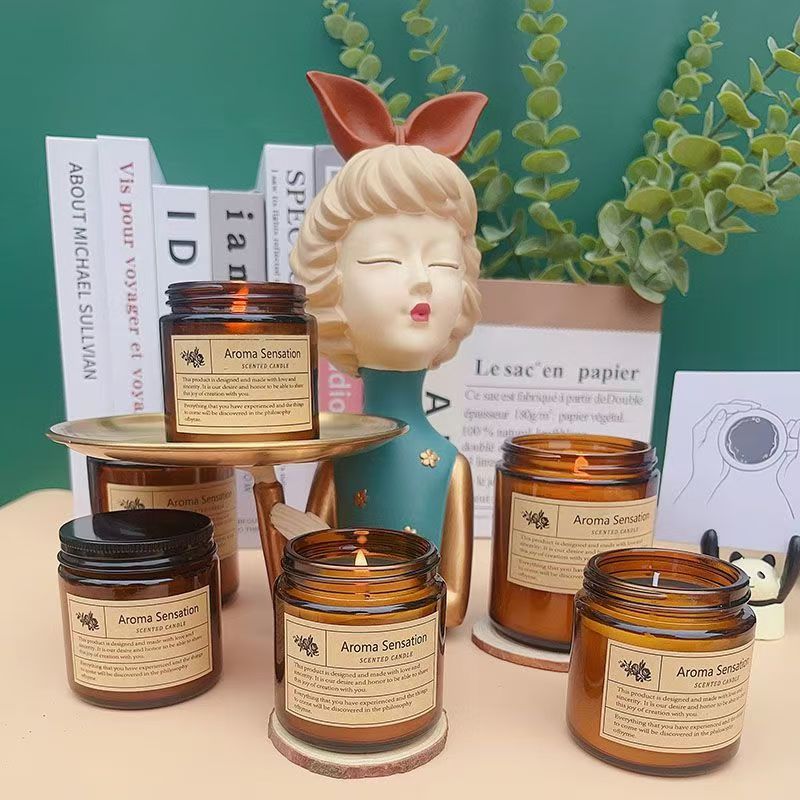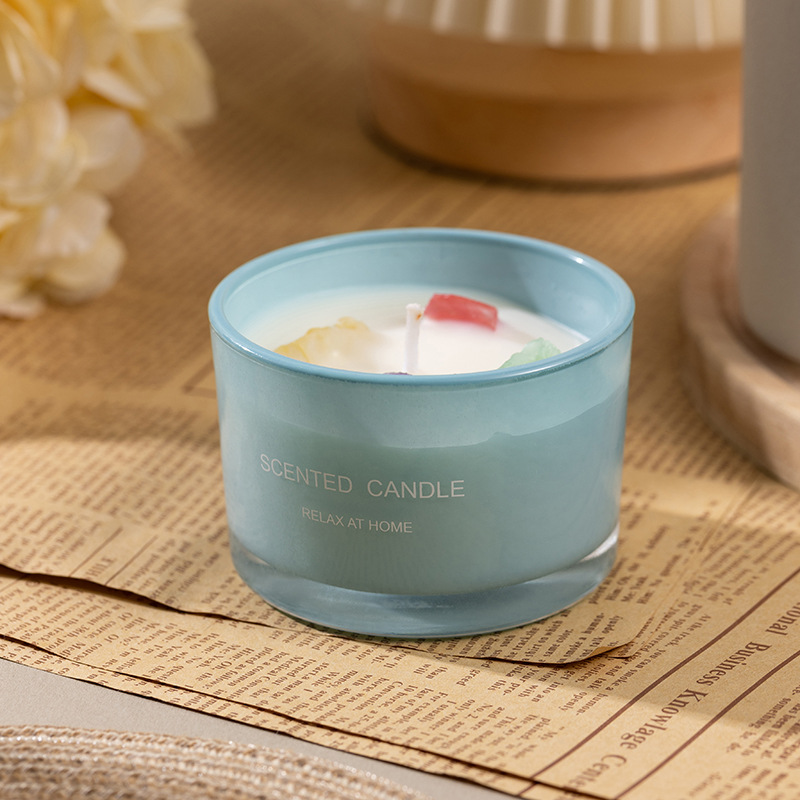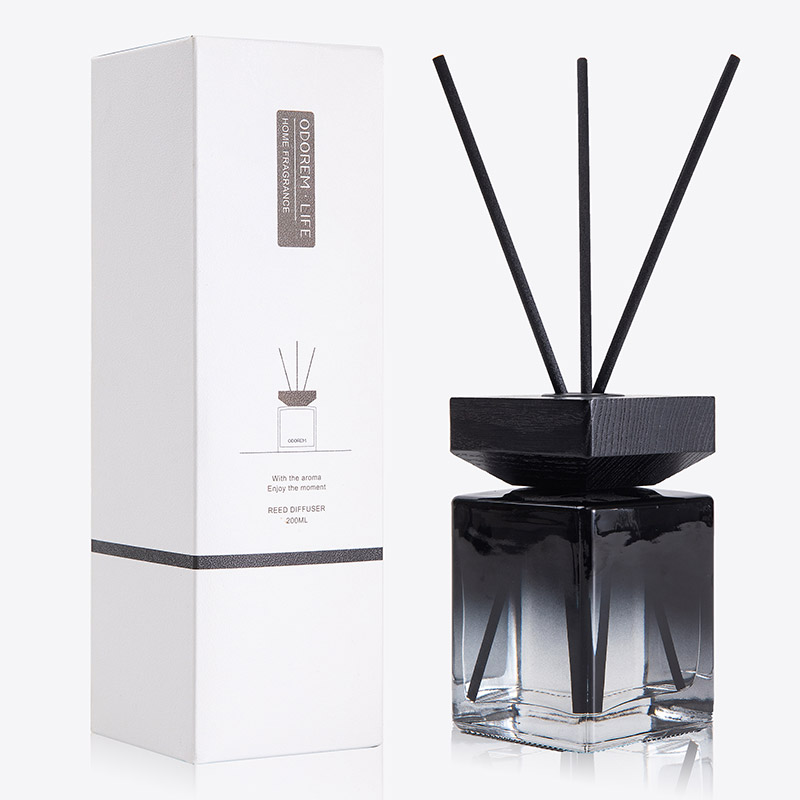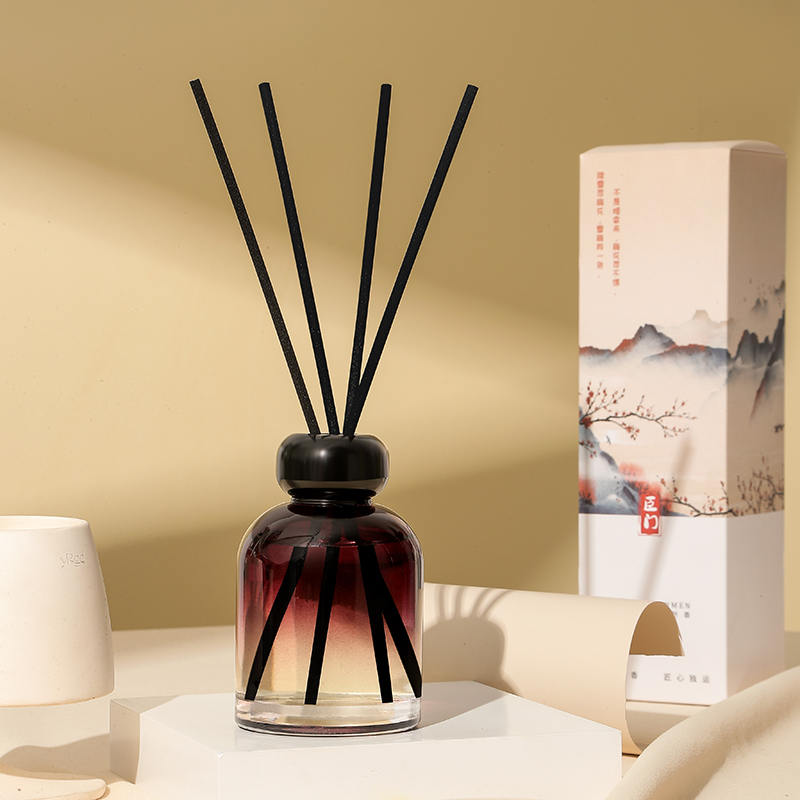How to Place MINI Gel Air Fresheners for Maximum Fragrance Coverage in Cars/Closets?
Content
- 1 What Are the Key Principles of MINI Gel Air Freshener Placement for Optimal Fragrance Spread?
- 2 How to Place MINI Gel Air Fresheners in Cars for Full-Cabin Fragrance Coverage?
- 3 How to Place MINI Gel Air Fresheners in Closets for Uniform Fragrance (Clothing & Shoes)?
- 4 What Additional Tips Boost Fragrance Coverage for MINI Gel Air Fresheners?
What Are the Key Principles of MINI Gel Air Freshener Placement for Optimal Fragrance Spread?
Before diving into specific placement tips for cars and closets, it’s essential to understand the core principles that govern how mini gel air fresheners release and spread fragrance—this ensures your placement strategy aligns with their physical properties:
- Volatility Depends on Airflow: Mini gel air fresheners release fragrance molecules slowly through evaporation, and airflow is the primary driver of how far these molecules travel. Stagnant air traps fragrance near the freshener, while gentle, consistent airflow (e.g., from car vents or closet door gaps) carries the scent across the space. Placement should prioritize areas with natural or controlled airflow, not sealed corners where air doesn’t circulate.
- Avoid Blocking the Gel Surface: The gel’s exposed surface area directly impacts fragrance output—covering even a small portion of the gel (e.g., placing it under a car seat cushion or behind a pile of clothes) reduces evaporation. Always position the freshener so its entire top surface is exposed to air; never place objects on top of it or tuck it into tight, enclosed spots.
- Distance vs. Concentration Balance: Placing a single freshener too far from a space’s center may create uneven coverage (strong scent near the freshener, weak scent on the opposite side). Conversely, clustering multiple fresheners too close together can lead to overpowering fragrance in one area. The goal is to space fresheners evenly to create a “scent blanket” that covers the entire space without hotspots.
- Temperature Affects Release Rate: Warmer temperatures speed up gel evaporation (e.g., a car dashboard in direct sunlight), while cooler temperatures slow it down (e.g., a basement closet). Adjust placement based on temperature—avoid hot spots if you want long-lasting, mild coverage, or use warm areas strategically if you need a stronger initial scent (e.g., a car’s cupholder on cold days to boost fragrance release).
These principles apply to both cars and closets, but each space has unique airflow patterns and constraints—let’s break down placement strategies for each.
How to Place MINI Gel Air Fresheners in Cars for Full-Cabin Fragrance Coverage?
Cars have irregular airflow (driven by vents, open windows, and door openings) and limited space, so placement must leverage existing air movement while avoiding interference with driving safety. Follow these targeted tips:
1. Prioritize Airflow-Prone Spots: Vents and Cupholders
- Car Vents (Best for Rapid, Even Spread): Most mini gel fresheners come with vent clips—use these to attach the freshener to the front dashboard vents (both driver and passenger sides) or rear seat vents. When the AC or heater is on, air flows directly over the gel surface, carrying fragrance to all corners of the cabin. For optimal coverage:
-
- Attach one freshener to the driver-side vent and one to the passenger-side vent (for sedans or small cars) to cover the front seats.
-
- Add a third freshener to the rear center vent (if available) for SUVs or larger vehicles to reach back seats.
-
- Avoid blocking the vent’s airflow with the freshener—choose clip-on designs that leave most of the vent open, or opt for “vent-friendly” fresheners with a low-profile shape.
- Cupholders (Ideal for Steady, Long-Lasting Scent): If your car doesn’t have vent clips or you prefer a subtler scent, place mini gel fresheners in cupholders (front and rear). Cupholders are central to the cabin, and heat from the car’s interior (even on mild days) gently accelerates fragrance release. For best results:
-
- Use 2–3 fresheners (one in the front center cupholder, one in the driver’s door cupholder, one in the rear cupholder) for full coverage.
-
- Avoid cupholders near cold drinks—cold temperatures slow evaporation; opt for cupholders that are empty or hold room-temperature items.
- Avoid cupholders near cold drinks—cold temperatures slow evaporation; opt for cupholders that are empty or hold room-temperature items.
2. Avoid Problematic Spots That Reduce Coverage or Safety
- Under Seats or Floor Mats: These areas have minimal airflow—fragrance will stay trapped near the floor, leaving the upper cabin (where passengers sit) unscented. Additionally, floor mats can shift and cover the freshener, blocking evaporation.
- Dashboard in Direct Sunlight (For Extended Use): While sunlight speeds up fragrance release, prolonged exposure (e.g., 8+ hours in a parked car) can cause the gel to dry out in 1–2 weeks (instead of the usual 4–6 weeks). Reserve this spot only for short-term, strong scent needs (e.g., after transporting smelly items like gym bags).
- Steering Wheel or Gear Shift Area: These spots are too close to the driver and can create an overpowering scent that distracts from driving. They also lack consistent airflow, leading to uneven coverage.
3. Adjust for Car Size and Passenger Needs
- Small Cars (Sedans, Hatchbacks): 2 fresheners are sufficient—one on the driver-side vent and one in the passenger-side cupholder. This covers the front seats and back seats via natural air circulation.
- Large Cars (SUVs, Minivans): Use 3–4 fresheners—two on front vents (driver/passenger), one on the rear vent, and one in the rear cupholder. This ensures the back seats (which are farther from front vents) get equal coverage.
- For Sensitive Passengers: Place fresheners farther from seating areas (e.g., rear cupholder instead of rear vent) to reduce direct scent exposure. Opt for mild-scented gels (e.g., lavender instead of citrus) and start with 1–2 fresheners, adding more only if needed.
How to Place MINI Gel Air Fresheners in Closets for Uniform Fragrance (Clothing & Shoes)?
Closets have static airflow (relying on door gaps, shelf spaces, and occasional opening/closing) and need to scent both air and fabric (clothes, shoes). Placement should target areas where fragrance can cling to fabrics and circulate through shelf layers:
1. Shelf Placement: Target Eye-Level and Upper Shelves
- Eye-Level Shelves (Central to Fabric Contact): Place mini gel fresheners on eye-level shelves, spaced 12–18 inches apart, between stacks of clothes or folded items. This position ensures fragrance molecules land on nearby fabrics (shirts, sweaters, pants) as they evaporate, leaving clothes with a subtle scent. For example:
-
- In a 4-foot wide closet, place 2 fresheners on the main shelf—one 1 foot from the left edge, one 1 foot from the right edge—to cover the entire width.
-
- Avoid placing fresheners directly on top of clothes—this can cause oil stains (some gels contain mild oils) or transfer color. Instead, set them on a small dish or paper towel to protect fabrics.
- Upper Shelves (For Vertical Coverage): Add 1–2 fresheners to upper shelves (above hanging clothes) to leverage natural convection—warm air rises, carrying fragrance from upper shelves down to lower shelves and hanging garments. This is especially useful for tall closets (8+ feet high) where lower areas often lack scent. For example:
-
- In a walk-in closet with upper storage shelves, place one freshener on the upper left shelf and one on the upper right shelf to cover the vertical space.
- In a walk-in closet with upper storage shelves, place one freshener on the upper left shelf and one on the upper right shelf to cover the vertical space.
2. Shoe Closets or Shoe Racks: Target Airflow Gaps
Shoes trap odors easily, so mini gel fresheners need to be placed where they can counteract smells and circulate through shoe pairs. Key spots include:
- Between Shoe Pairs on Racks: Place a small mini gel freshener (1–2 oz size) between every 2–3 pairs of shoes on the rack. The gaps between shoes allow airflow, so fragrance can reach each shoe’s interior. For example, on a 6-pair shoe rack, place 2 fresheners—one between pairs 1–2 and one between pairs 4–5.
- Shoe Closet Floors (Near Door Gaps): If your shoe closet has a small gap under the door (for airflow), place a freshener on the floor near the gap. Air entering through the gap will pass over the gel, carrying fragrance into the closet and through shoe rows. Avoid placing fresheners in the back corner of the shoe closet—this area has no airflow, so scent won’t spread.
3. Avoid Closet Corners and Sealed Containers
- Back Corners or Dark Nooks: These areas have no airflow—fragrance will stay trapped, leaving the rest of the closet unscented. Stick to open shelves or areas near closet doors (where air enters when the door is opened).
- Plastic Bins or Sealed Drawers: Mini gel fresheners need air to evaporate—placing them inside sealed plastic bins (even with small holes) limits fragrance release. If you want to scent items in bins, place the freshener on top of the bin (on the closet shelf) so fragrance drifts into the bin when the lid is slightly open.
What Additional Tips Boost Fragrance Coverage for MINI Gel Air Fresheners?
Beyond basic placement, these extra tips help maximize the reach and longevity of your mini gel air fresheners, whether in cars or closets:
1. Use the Right Number of Fresheners (Don’t Over or Under-Use)
- Cars: Follow this rule of thumb—1 freshener per 50 cubic feet of space. Most small cars (e.g., Honda Civic) are ~100 cubic feet, so 2 fresheners work; large SUVs (e.g., Ford Explorer) are ~150 cubic feet, so 3 fresheners are needed. Overusing (4+ in a small car) leads to overpowering scent; underusing (1 in a large SUV) results in spotty coverage.
- Closets: Use 1 freshener per 25 cubic feet. A standard reach-in closet (4ft wide x 2ft deep x 7ft tall = 56 cubic feet) needs 2–3 fresheners; a walk-in closet (8ft x 6ft x 8ft = 384 cubic feet) needs 15–16 fresheners (spaced evenly on shelves and near shoe areas).
2. Rotate Fresheners Periodically to Maintain Consistent Scent
Mini gel fresheners release fragrance more strongly from their “new” side—over time, one side may dry out faster than the other. Every 1–2 weeks:
- In cars: Rotate vent-mounted fresheners 180 degrees so the less-used side faces the airflow. For cupholder fresheners, flip them over (if the design allows) to expose the fresher gel surface.
- In closets: Move shelf-placed fresheners to a new spot (e.g., from the left shelf to the right shelf) to ensure all areas get equal scent exposure. This prevents “scent fatigue” in one area and keeps the entire closet smelling fresh.
3. Pair Placement with Airflow Enhancements
- Cars: Run the AC or heater on “recirculate” mode for 5–10 minutes after placing fresheners—this circulates air over the gel, spreading fragrance faster. On mild days, crack open 2–3 windows (front and rear) to create cross-ventilation, which carries scent throughout the cabin.
- Closets: Open the closet door for 10–15 minutes daily to let fresh air in—this refreshes the space and helps fragrance circulate. For walk-in closets, install a small battery-powered fan (set to low) on an upper shelf—point it toward the center of the closet to move air over fresheners and distribute scent.
4. Choose Scent Strength Based on Placement
- Strong Scents (Citrus, Ocean Breeze): Place these in areas with high airflow (car vents, closet door gaps) where the scent can disperse without being overpowering. Avoid strong scents near seating areas (car seats, closet dressing areas) as they may irritate sensitive noses.
- Mild Scents (Lavender, Vanilla): Use these in close-proximity spots (car cupholders, closet eye-level shelves) where the subtle scent can be detected without being too faint. Mild scents work well for bedrooms or children’s closets, where strong fragrances may be unwanted.
By following these placement strategies—aligning with gel freshener properties, adapting to car/closet dynamics, and using airflow to your advantage—you’ll achieve maximum fragrance coverage that keeps both spaces smelling fresh for weeks.

 English
English Español
Español عربى
عربى






